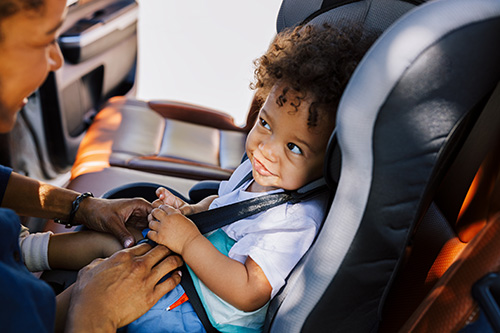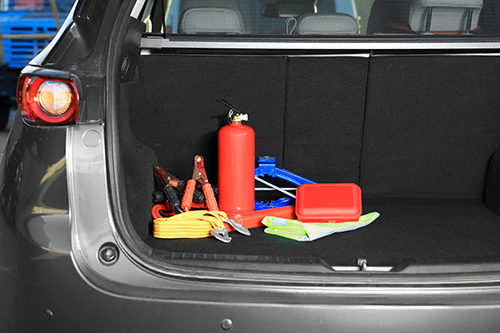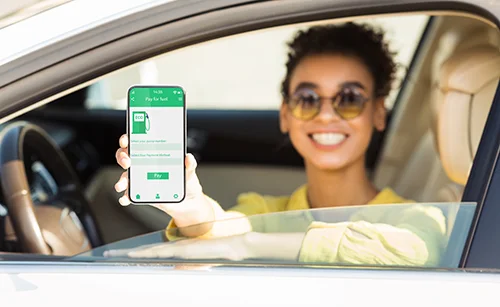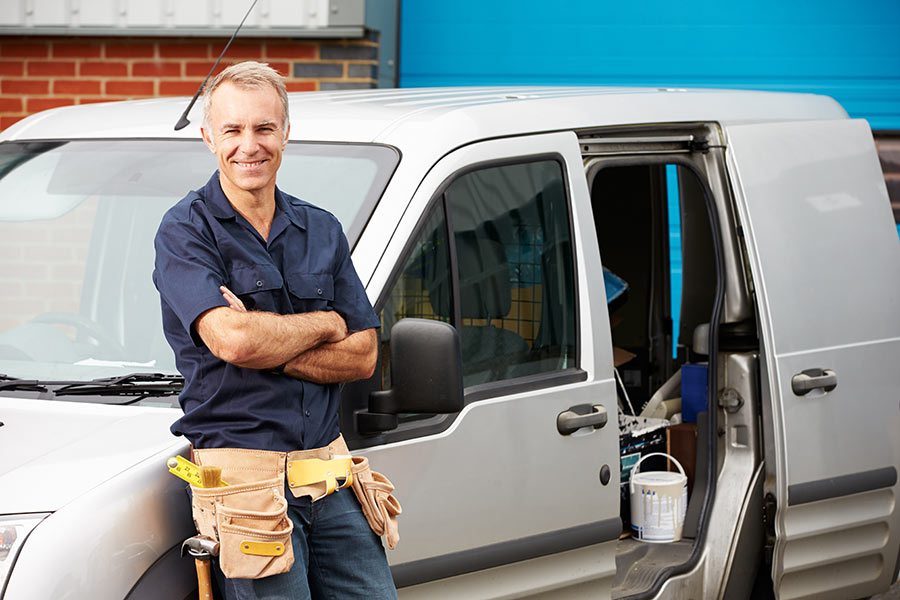
Being a new parent can be an exciting time, but what about your vehicle? Did you consider that you will need to childproof each vehicle to ensure your children’s safety while on the open road? And what does childproofing a vehicle even look like?
USE THE RIGHT CAR SEAT FOR YOUR CHILD
Not only should children under the age of 13 sit in the back seat at all times, but you should also ensure that they are securely fastened in the appropriate car seat, depending on their age, height, and weight.
Here are some guidelines to follow:
From birth until ages 2 to 4: When your child is a baby, you should use a rear-facing car seat, which should be placed in the middle seat of the back seat. The middle seat is the safest position for a car seat. Children should be placed in rear-facing car seats with a harness until they reach the car seat’s maximum height or weight limit.
Until 5 or 6 years old: Once your child has outgrown their first car seat, they should be securely fastened into a seat that’s now forward-facing. The seat should come with a harness, and you can use this car seat until your child reaches the maximum height or weight limit of the seat.
Until 9 to 12 years old: After they have outgrown the front-facing car seat, they are ready for a booster seat. Your child should be securely fastened into a booster seat until the vehicle’s seat belt fits properly. Proper seat belt fit typically occurs when children are between 9 to 12, depending on their size.
ACTIVATE CHILD LOCKS h3
Imagine taking your child on their first camping trip to get them off their screens and into the wilderness, and they suddenly open the door as you are cruising down the freeway at 70 miles per hour. This is an incredibly dangerous and scary scenario that can easily be prevented by making sure the child locks on your back passenger doors are activated.
Activating the child locks in your vehicle is easy. Simply open both rear passenger doors and find the metal toggle switches that turn the child locks on and off and flip them on.
LOCK WINDOWS
Arriving at your destination does not have to be the only goal of traveling. It’s an incredible way for your kids to learn about the joy of the journey. It’s time spent together, fun playing games, and experiencing beautiful scenery along the way; however, do it safely. Always keep the passenger windows locked. Most vehicles have a window lock button on the window control panel on the driver’s side front door.
Ensure the window lock button is pushed in to prevent your child from opening the windows on their own and hanging their head or limbs out the window. Also, keeping the windows closed can help prevent rocks or other debris from flying into the car and striking your child.
SECURE UNUSED SEAT BELTS
Unsecured seat belts could pose a strangulation hazard to your child if left unbuckled. Before starting the car, you should secure all unused seatbelts by buckling in the belt, slowly pulling the shoulder strap out, and slowly releasing it until you hear a clicking sound. The clicking sound means that the retractor is in the locked position and will remain tight enough that your child will be unable to pull on the belt.
SECURE ALL ITEMS IN YOUR VEHICLE
Any item not secured in your vehicle could become a dangerous projectile in the event of a car crash. Sports equipment, toys, tools, and essentially anything heavy or hard could potentially become dangerous if you are in an accident, hit a speed bump, or take a corner too fast. Protect your child by putting all heavy and hard items in the trunk of your car or the back of your truck, van, or SUV or by ensuring that the items are properly secured.
CONDUCT REGULAR CAR SAFETY CHECKS
It’s crucial to check the safety of your car at regular intervals, especially if you’re often traveling with children. Your tires are what keep your car on the road, so proper tire maintenance is essential. Check tire pressure regularly and ensure tires have enough tread for better control.
Also, don’t forget the brakes. These should be checked every six months to ensure the brake pads aren’t worn out.
Source: safesearchkids.com






